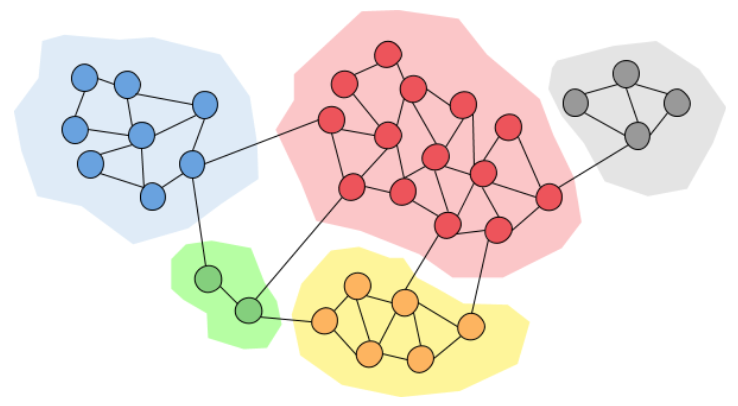Alan Turing and the Power of Negative Thinking | Quanta Magazine

Diagonalization is a fundamental concept in computational complexity theory that allows researchers to prove the existence of unsolvable problems. The method involves constructing an infinite list of all possible algorithms and then using diagonalization to show that no algorithm can solve a particular problem. This was first introduced by Alan Turing in the 1930s and has since been used to prove the existence of various unsolvable problems.One of the most significant results obtained through diagonalization is Turing's diagonalization proof, which demonstrates that there are unsolvable problems in computation. This proof is based on the idea that every algorithm can be represented as a string of 0s and 1s, allowing an algorithm to take the code of another algorithm as input.While diagonalization is a powerful tool, it has limitations. It cannot resolve questions where real-world details matter, as Williams noted, "They handle computation at a distance." This means that while diagonalization is useful for studying the foundations of computation, it may not be directly applicable to practical problems.Despite these limitations, diagonalization remains an essential tool in complexity theory. In 2011, Williams used it in combination with other techniques to prove that a particular restricted model of computation couldn't solve some extremely hard problems, a result that had eluded researchers for 25 years. While this result falls short of resolving the P versus NP problem, it still represents significant progress in complexity theory.In conclusion, diagonalization is a valuable tool in computational complexity theory that has led to important results and may lead to further breakthroughs in the future.











